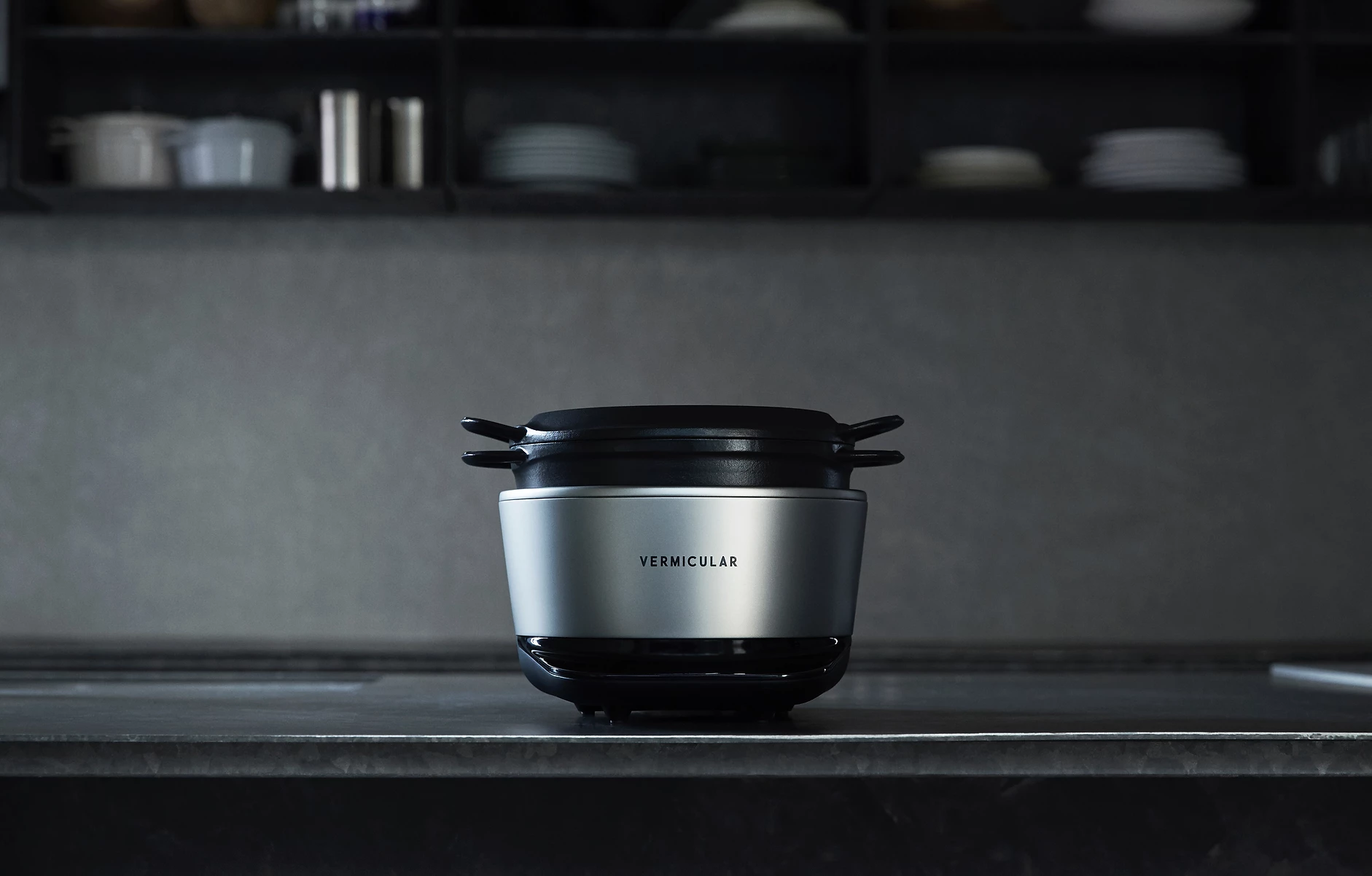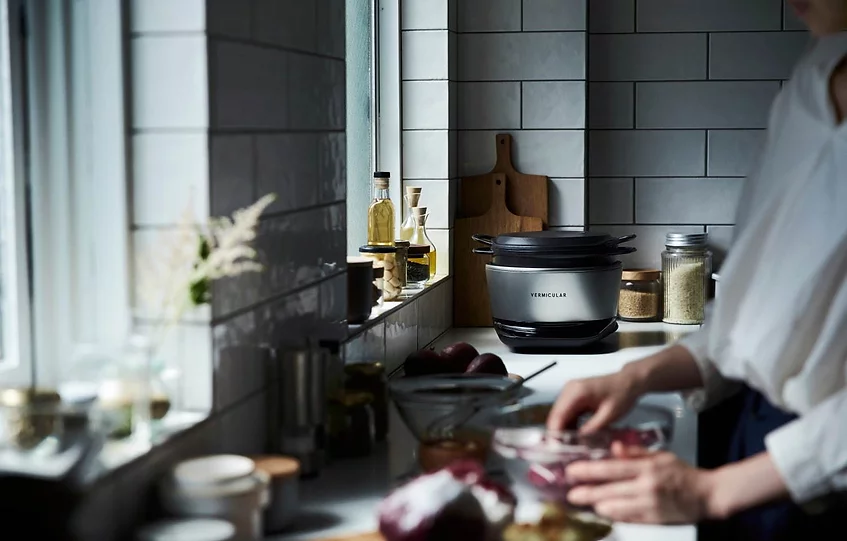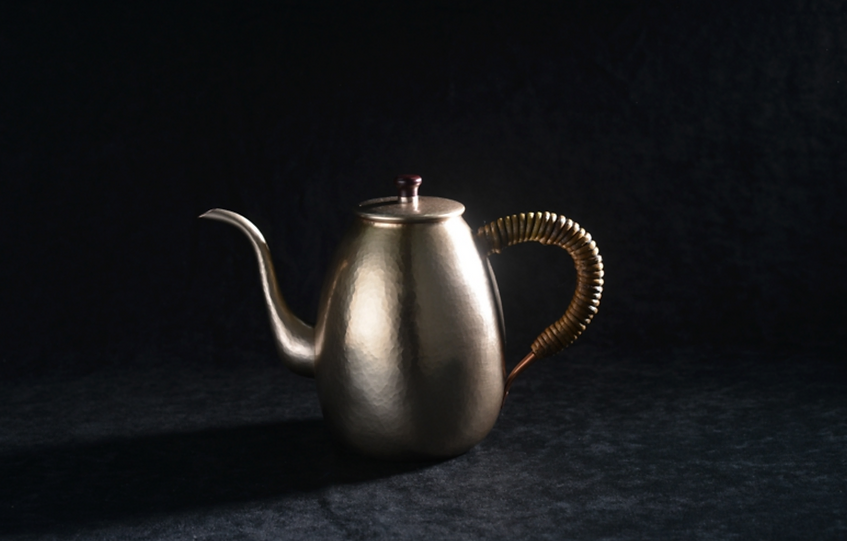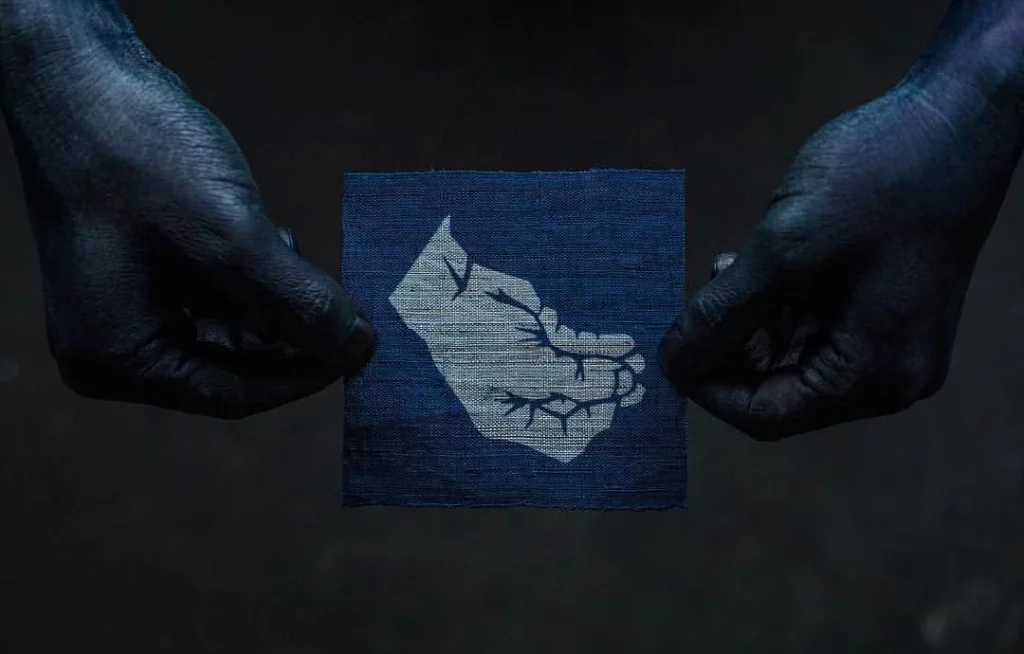
Rustic renaissance.
The island of Shikoku harbors many wonderful secrets. It is the site of kominka revitalization, home to a hot spring so iconic it was made the setting of Miyazaki’s Spirited Away, and also happens to be the least-visited region in Japan by tourists, making it an ideal stop for curious travelers.
Recently, the island has seen an uptick in tourism from a popular Inland Sea art island called Naoshima, which is within Kagawa Prefecture. Adjacent to Kagawa, Tokushima Prefecture has become its own artistic haven of sorts, the primary inspiration not a this-or-that style of painting, sculpture, or installation, but the indigo plant—its cultivation from seed through its final form of sukumo (indigo dye). The modern pioneers of this ancient practice can be found at BUAISOU, in the rural hills of Tokushima.
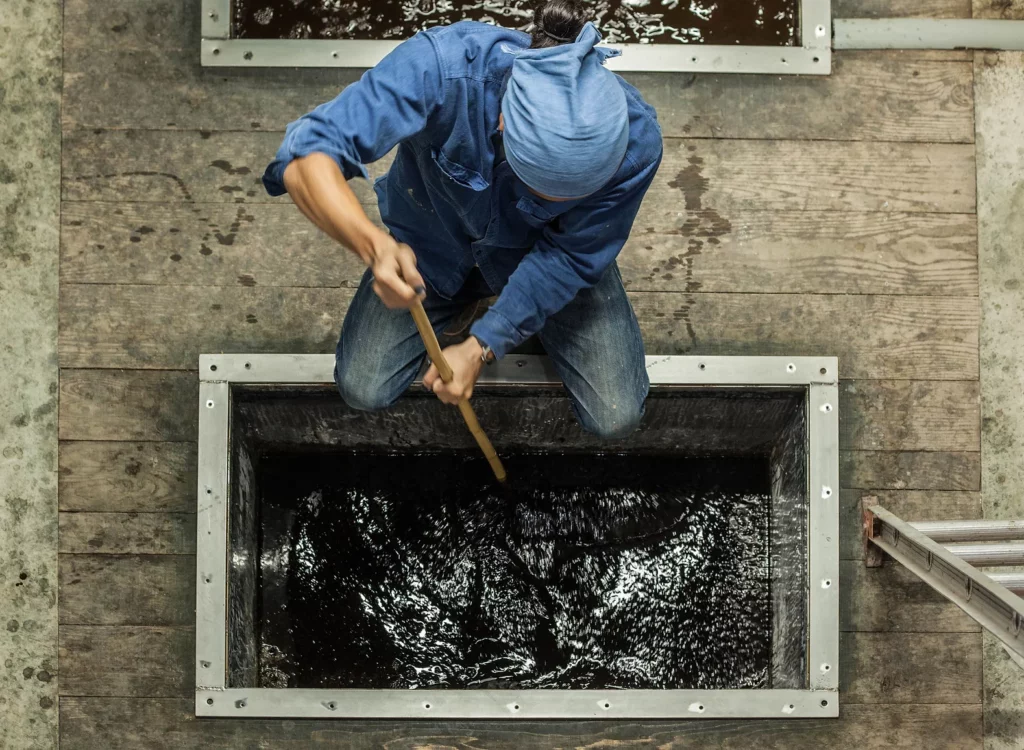
The agricultural aesthetes at BUAISOU have done pathbreaking work. Their indigo farming and dyeing has made waves in Japan and far beyond, having done workshops in a number of international locales, including Brooklyn, New York; Kerala, India; and Copenhagen, Denmark. Interestingly enough, workshop attendees often bring old clothing because sukumo is fabric-strengthening, giving new life to old clothes.
But why indigo, and why now?
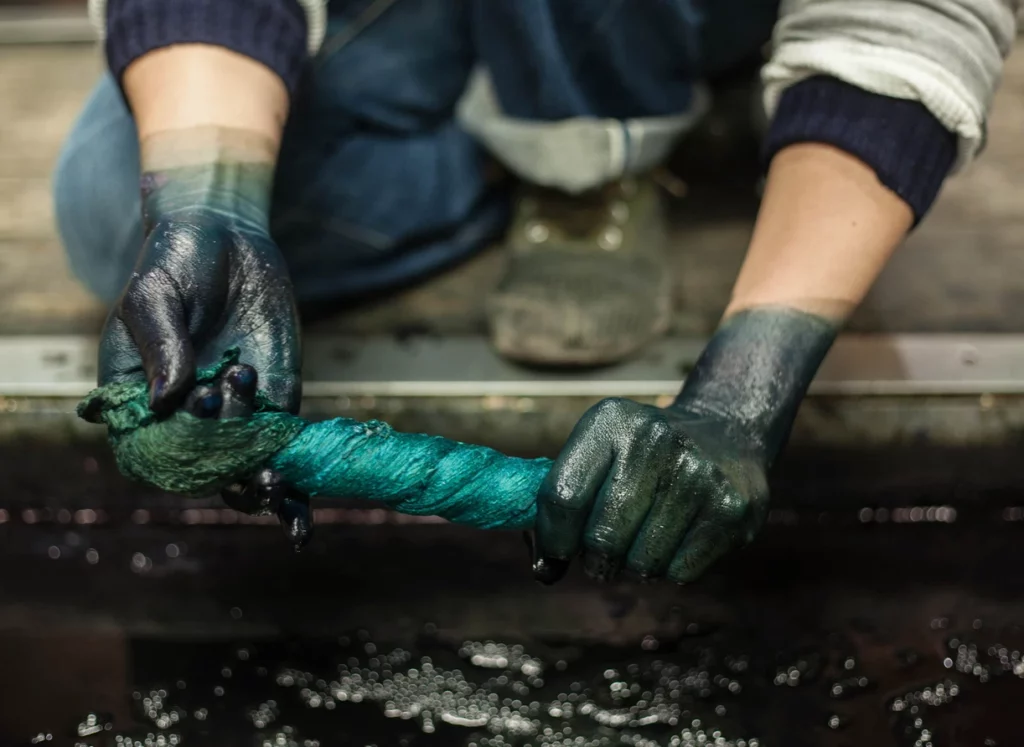
According to Buaisou CEO Kakuo Kaji, he was attracted to the indigo dyeing process as “a purist art form,” something that “has been a part of [Japanese] culture for centuries.” Indeed, Tokushima has been the historic heartland of Japanese indigo farming, which has been in steady decline for a long time. “It is an extremely labor-intensive process and alternatives—such as synthetic indigo—have been developed over the years,” says Kaji. “But there will always be a place for beautiful and unique hand-dyed pieces.”
The farmer-artisans at BUAISOU are the latest heirs to a longstanding tradition. By carefully overseeing the plant through each step—cultivation, fermentation, dye, and design—they bring truth to the words, “farm to closet” clothing.
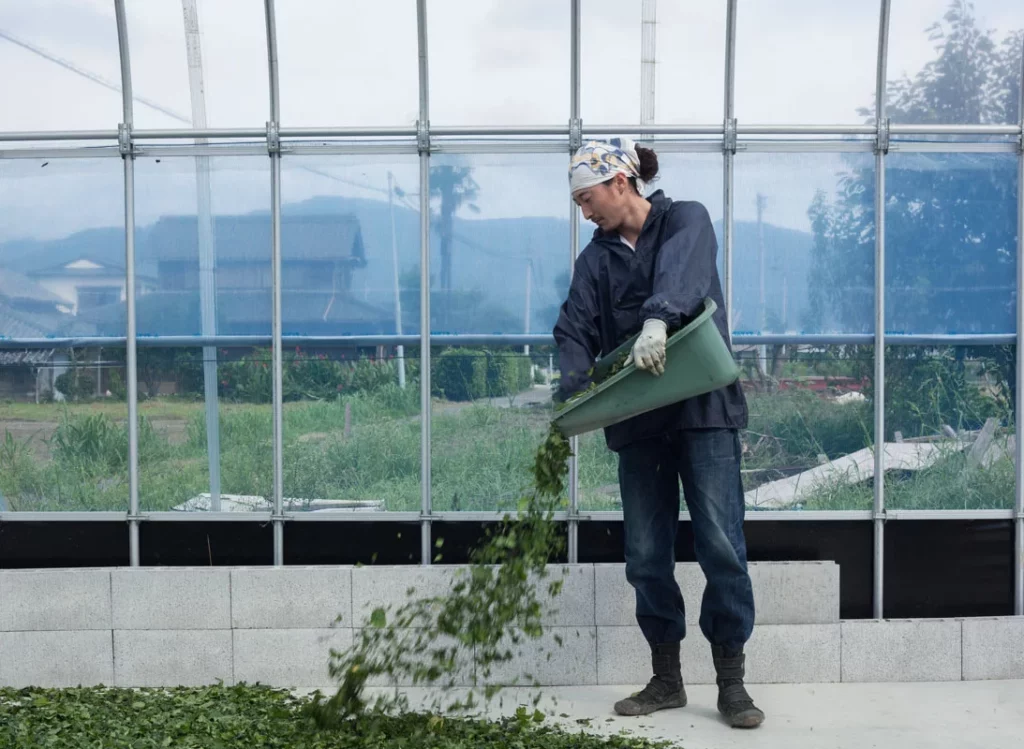
One of the challenges Kaji faced as a newcomer to indigo cultivation was the fact that he was born several centuries late. Automation, optimization, and building economies of scale are major factors of contemporary production. But what Kaji circumvented technologically he made up for by preserving the soul of the labor process.
As with any major change, there are benefits and burdens. Modernization brings with it both convenience and costs. Consider what you are wearing right now: Do you know where it came from and how it arrived at its destination before you purchased it? What material does your clothing consist of? What colors are you wearing, and how were they produced? More often than not, the colors in our clothing are produced cheaply, with little regard for the wellbeing of an atomized labor force, using environmentally harmful chemical formulas that can be reproduced on an industrial scale. Ultimately, that process harms people and planet.
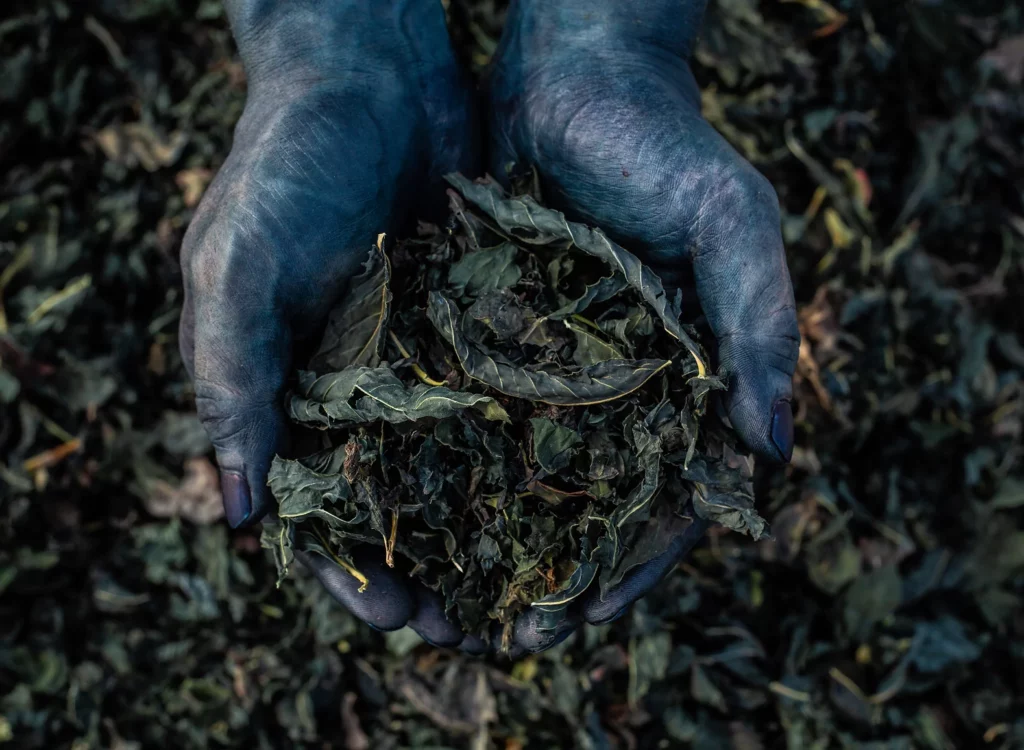
At BUAISOU, the cultivation of indigo plants is slow and intentional. The full cycle, from seed to harvest, takes a full year, which necessitates attending to the land in order to ensure reproducible results. It also means a much longer turnaround time and higher costs, but the final product is something that cannot be achieved any other way.

In a world increasingly reliant on automation and the separation of thinking from doing (so-called knowledge work from physical labor), people are more likely to become passive consumers, dependent upon things which they fundamentally don’t understand. BUAISOU shows us another way, one where it is possible to work with mind, body, and environment synergistically, producing value without overexploiting nature, contributing to rural rehabilitation all while becoming masters of their own craft.

Contact us for further inquiries, recommendations, and more information about your travel plans throughout Japan.
